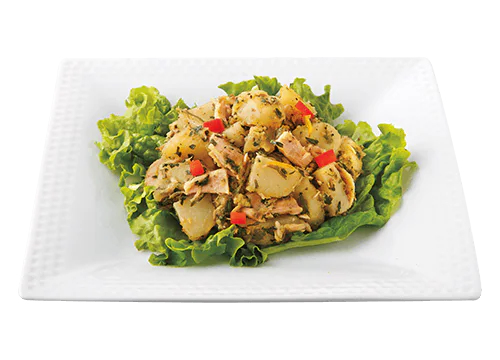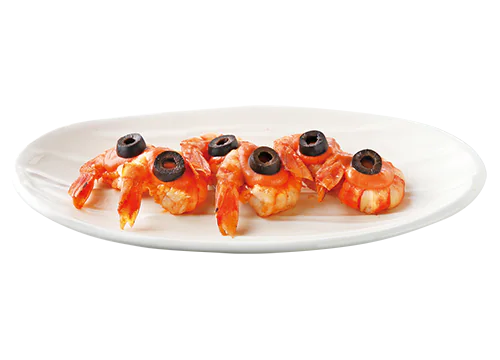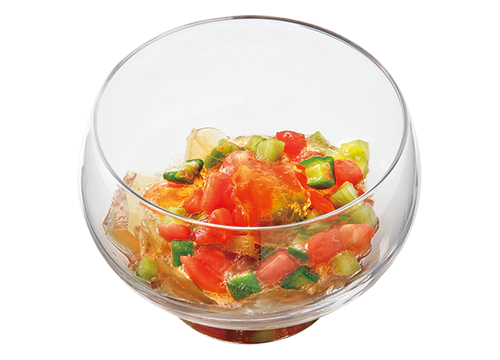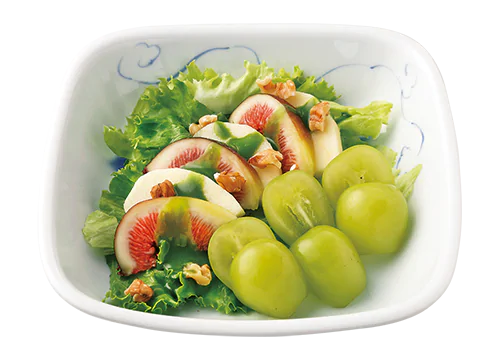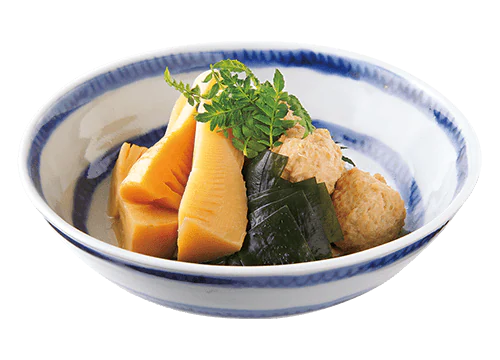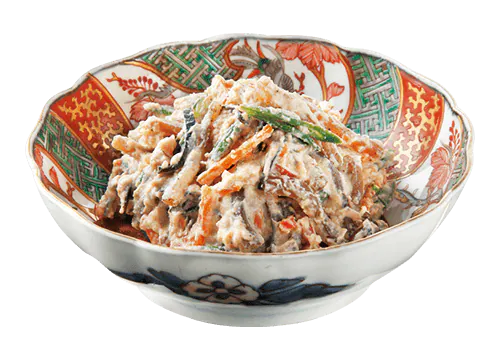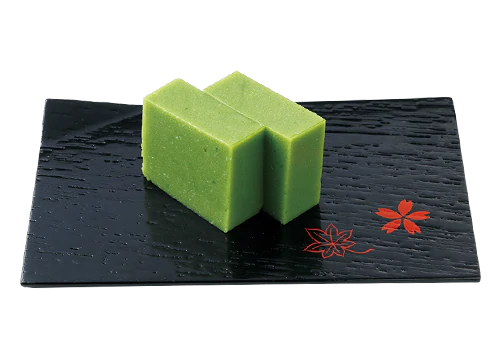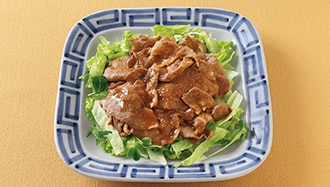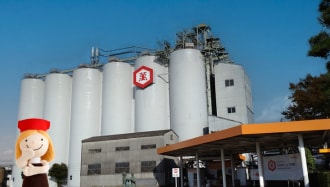Daizu Cha-meshi Hojicha Soybean Rice
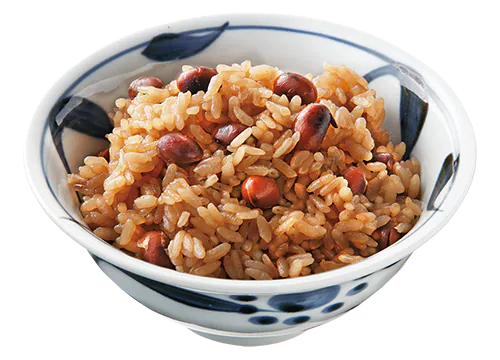
Ingredients (Serves 4)
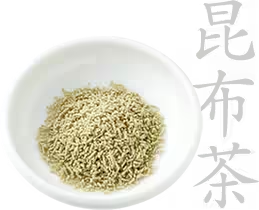
-
50 g / 1.7 oz. dry soybeans
-
500 ml / 2 C hot water
-
7 g / 0.2 oz. hojicha tea leaves*1
-
360 ml / 1 1/2 C japonica rice
-
1 T sake
-
2 t Kikkoman Soy Sauce
-
1 1/2 t Japanese kombu tea granules*2
-
1/3 t salt
- *1 C (U.S. cup) = approx. 240 ml; 1 T = 15 ml; 1 t = 5 ml
Directions
-
1
Rinse and drain soybeans. Roast the soybeans in a non-stick frying pan, stirring constantly over low-medium heat until outer skins turn light brown and blister.
-
2
Place the roasted soybeans in a bowl. Add the hot water, cover and allow to sit for about half a day.
-
3
Drain the soybeans, saving the soaking water. Remove the thin soybean skins and set the soybeans aside.
-
4
Pour the soybean soaking water into a pot and bring to a boil. Add the hojicha tea leaves and allow to steep over medium heat for 60-90 seconds. When the aroma of the tea becomes strong, strain the soybean-hojicha liquid and allow it to cool. Discard the infused tea leaves.
-
5
Wash rice, drain in colander and leave for about 15 minutes.
-
6
Place the rice in a rice cooker, together with 360 ml / 1 1/2 C of the cooled soybean-hojicha liquid and the seasoning ingredients and top up to line 2 of the rice cooker for cooking white rice. Add more water if necessary and stir. Scatter the peeled soybeans atop rice and cook.
-
7
When the rice is cooked, gently fold in the soybeans with a rice paddle. Serve warm in individual rice bowls.
- *1 hojicha tea bag may be substituted for loose-leaf tea. As an alternative to hojicha, sencha green tea leaves may be used in the liquid to cook the rice. Hojicha provides a rich roasted aroma; sencha lends a light, refreshing taste to the rice.
- *2In Japan, kombu (kelp) tea is made using powdered kelp mixed with hot water. It is completely different to fermented teas called “kombucha” in the West. If Japanese kombu tea granules or powder are unavailable, add 1/2 t salt to the rice and place a 10-cm piece of dashi kombu (dried kelp) over the rice when cooking in Step 6.
Recipe by Kikkoman Corporation
Other recipes in this series

Post your creation!
Kikkoman Global (@kikkoman_global)
is posting Kikkoman Recipes.
If you made this recipe, please post it with the hashtag #KikkomanLife
We love to see your creations on Instagram!




